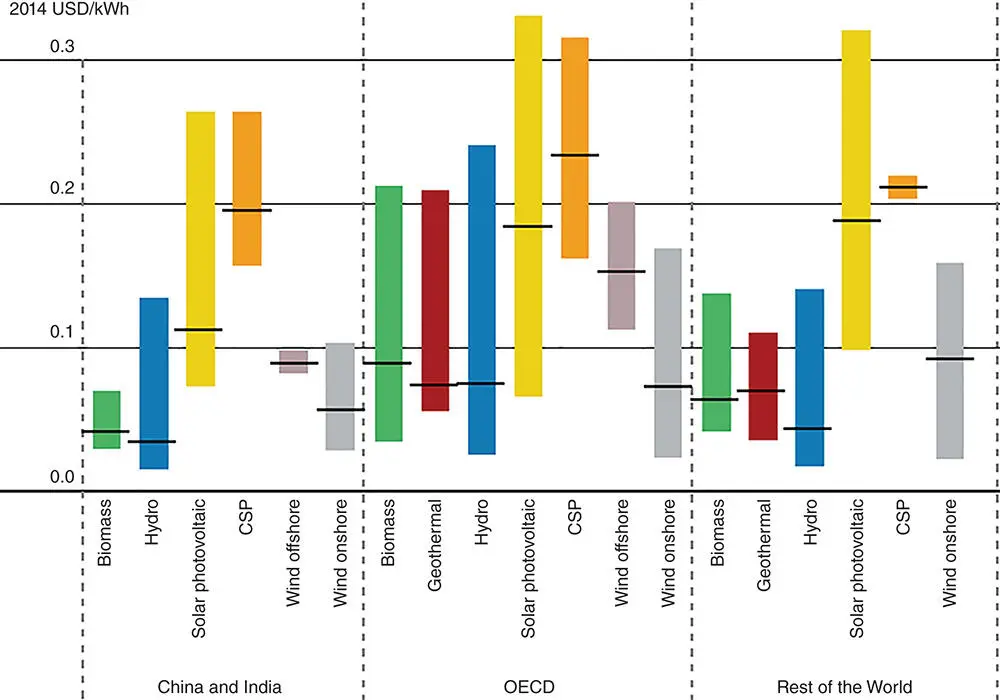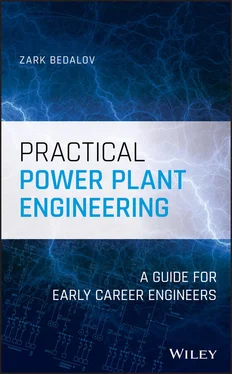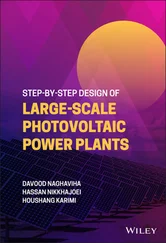We do not make a story. We write the action.
The testers pay more attention to their work in our presence. They cannot hide the actual facts.
As active people, we can ask for repeat tests or test it from a different perspective or condition.
Our report is chronological and timed as it happens. One never knows what and when something unusual will happen. It does happen and often. One wants to capture the moment and to include all the background details on what was in action before the occurrences of a failure.
It includes the failures as a record, why and how they were resolved and made to be OK.
Later on during the operation when something fails, one can look into the commissioning reports and figure out if this is a recurrence of the same fault and likely to be expected to happen again.
1.4 Project Economics
1.4.1 Budget Estimate
A typical project passes through a number of development phases, starting from an initial estimate, conceptual design for feasibility study, detailed design, construction, and start up.
Let us name some typical projects:
a power plant: hydro, diesel generation, gas combined cycle, etc., and
an industrial project that may be an ore exploitation process, a factory of detergents, potato chips, and any other similar facility.
Utilities typically take care of the large power projects of this nature. They make a budget estimate of the project cost and evaluate it against the revenue based on the kWh to be sold to the consumers. The projected cost will include the initial capital for the equipment, materials, and labor over the years of construction, cost of money and plant maintenances, and operation (see Section 1.4.2)
The overall cost must include the transmission line from the power plant to the major switchyard. In case of a hydro project, the transmission lines are inevitably long and at higher transmission voltages. Diesel generation plants, on the other hand, are generally built for specific consumers in remote isolated areas. This may be a case of a mine up North needing 10–20 MW of power, for which the cost of building a transmission line would be rather prohibitive, in particular, if one evaluates it on the basis of the cost of km of line per MW delivered.
It is not only the utilities that are involved with power generation. There are small power producers called Independent Power Producers (IPPs) for generating anywhere from 2 to 100 MW. They generally do not get involved with power distribution and readily sell all the power to the local utilities.
The cost of fuel over the years of plant exploitation is always the most prevalent factor in the evaluation of a project development. This is where the hydro facility jumps ahead in spite of its huge cost of civil infrastructure. A gas fired plant will certainly be less costly on the basis of the initial cost of the plant and transmission line, but it is the cost of fuel per kWh produced that matters over the life of the plant. A diesel generation plant up North may be built at a low initial cost, but the cost of fuel is high, due to the additional cost of trucking and barging it to the site and storing it there for a full year. But do not forget that the usage of waste heat from the diesel engines can lift the plant efficiencies and reduce the cost of fuel usage.
An evaluation of a power plant also depends on the daily/weekly operating cycle. For hydro, the idea is to maximize the water usage, in particular during the rainy seasons to avoid spilling. Not many power hydro plants are built with a 100% operating capacity factor. A hydro project operating at 50% capacity factor is common, while I have seen hydro plants built for a projected 12% annual capacity factor. In other words, a plant of 100 MW installed capacity with a projected 12% capacity factor can produce, based on the estimated water availability, only 12 MW on a daily average for the whole year. It produces power when it has enough water drawing it down to the minimum operating level (MOL). Producing power below the MOL would be highly inefficient use of water resources and may make it difficult to recover back to the higher more efficient operating levels. Such plants with low capacity factors may be operating as base load generation during the rainy seasons and also as peaking plants because of their quick start capability when the marginal energy cost is the highest.
On the other hand, a fossil‐fuel operating plant costs a lot more to operate and is likely to be used for peaking duties in a daily cycle only. Therefore, the overall economics of building a fossil‐fuel operating plant in an area, which includes a mixture of different types of generation, must be estimated on the basis of its low operating hours.
While the power plant projects are built with the highest quality of equipment and redundancy, intended for 40 years of operation, an industrial plant may be built for a shorter duration of, say 10 years.
Levelized Cost Of Electricity (LCOE) is one of the yardsticks the owner's accountants use to compare the energy options for power plants. The formulae of totalizing the lifetime cost of production against the lifetime revenue are quite complex summations, using discount rates, inflation, and present worth accounting. Let the accountant work his figures. You as an engineer should understand the math behind it and offer technical options that may reduce the operating and initial costs to make the project more feasible.
1.4.2 Levelized Cost of Energy (LCOE)
Figure 1.8[1] shows the relative costs in $/kWh for a number of generating options over the plant lifetime.
For instance, everything including a large hydro generation costs $0.04/kWh compared to an offshore wind farm priced at $0.19/kWh during the lifetime of the plant. The graph also shows the range of the cost for other alternatives. Clearly, the utility may have a hard time selling the wind power in this situation.
(1.1) 
The units of LCOE are money/energy (usually $/MWh or c/kWh 1 ).

Figure 1.8 Typical LCOE cost ranges and weighted averages for electricity generation.
Source: Courtesy of IRENA Publications (2014).
As the name suggests, the “money” part of this equation consists of costs: specifically a summing up of all the costs spent over the whole lifetime (from year 1 to year n ) of the project. So this is the money spent building a power plant – at the start, capital expenditure (capex), and a long list of operational expenditure (opex), for example fuel, maintenance and repairs, land lease, insurance, tax, and interest on bank loans. If you can sell your system for something at the end of the project lifetime, you can knock this residual value off your list of costs.
Some projects, such as solar PV and hydro, will involve considerable up‐front capex, but followed by years of very low operating cost. Others, such as a gas‐fired power plant, will see the majority of spending over the project lifetime during the operating years of burning fuel.
Indeed, levelized cost analysis is all about comparing different energy systems with very different cost structures on a “fairer,” long‐term basis. Comparing the two examples mentioned earlier, the revenue of the solar PV will depend on how sunny it is and by how much the output of the solar panels degrades over time. On the other hand, the revenue for the gas plant will depend on the capacity factor and how often it runs. The later will be more difficult to predict though, as it will depend on the interplay between electricity sale and gas purchase prices.
Читать дальше














